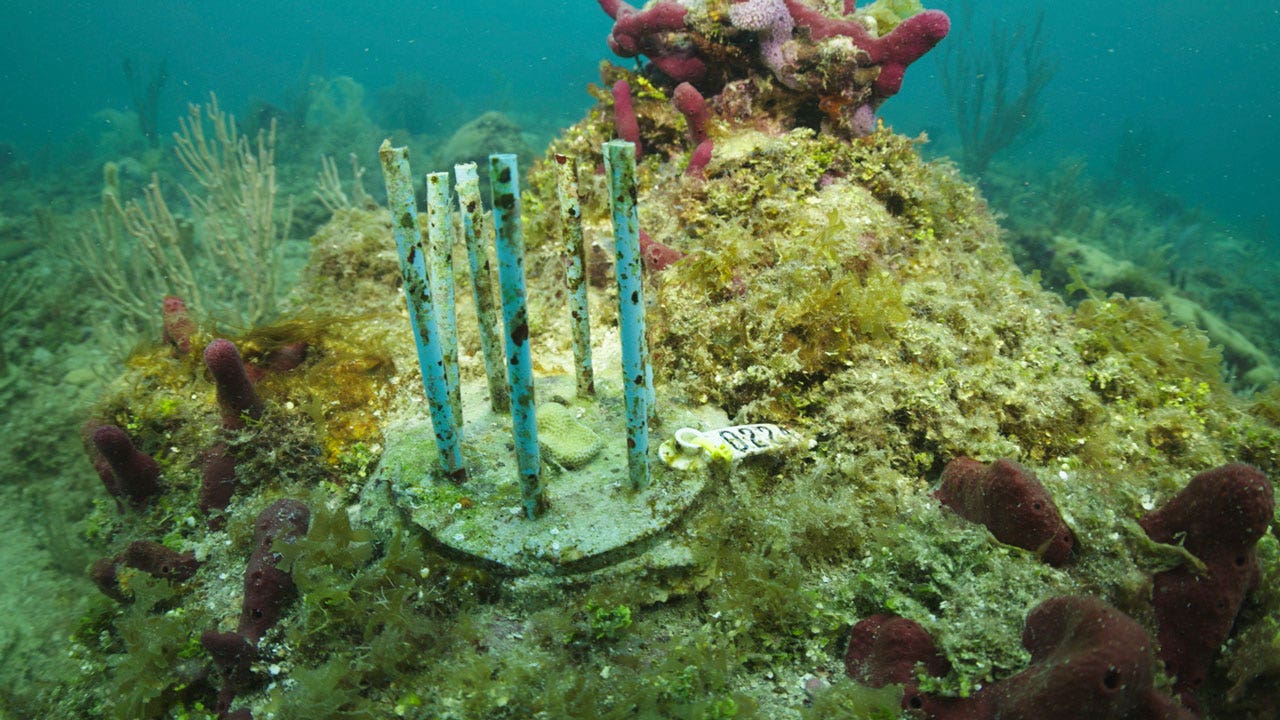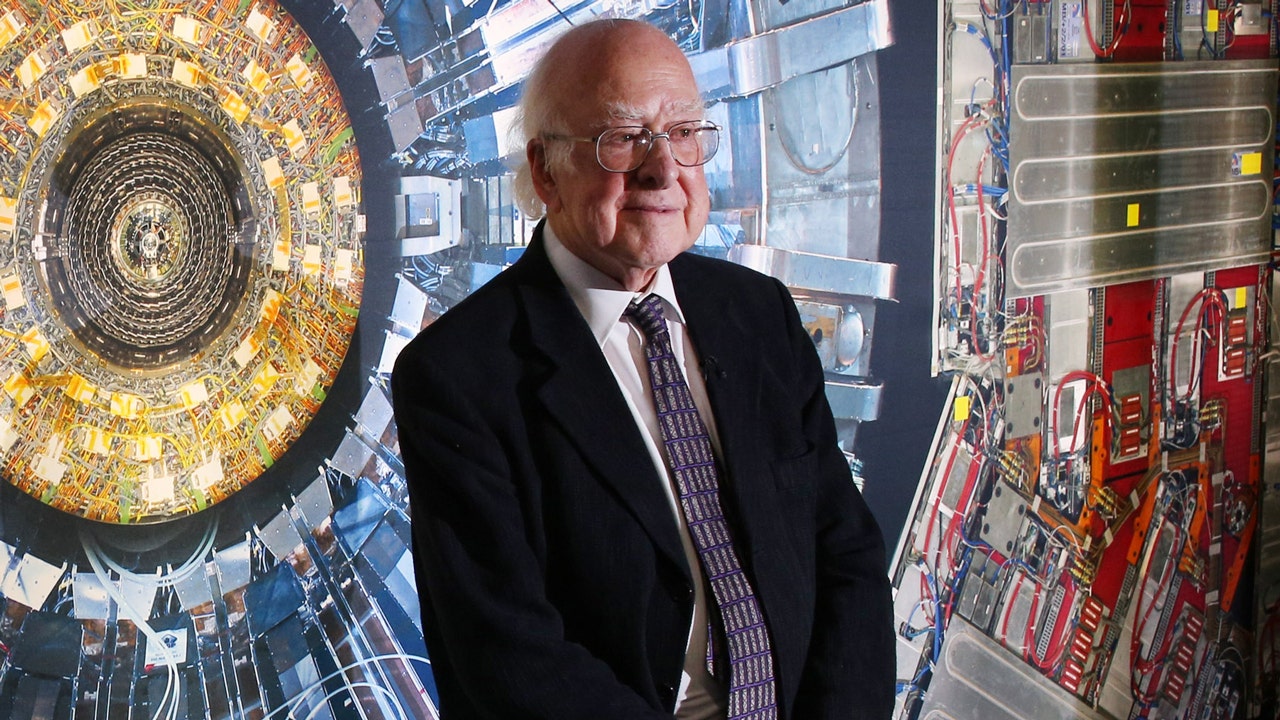Printed Circuit Board Assemblies
Printed circuit boards (PCBs) are used to house electronic components and connect them together using electrical connections. PCBs can be found in everything from small consumer electronics devices to huge pieces of machinery such as cars, airplanes and trains. In the automotive sector, printed circuit board assemblies are used to monitor and control various vehicle systems, including the braking system.
The first step in creating a printed circuit board assemblies is designing it through electronic design automation (EDA) software programs. The shape of the board is decided based on its mechanical requirements and component footprints are imported into the PCB layout. The layout is then modified to accommodate the electrical circuitry by placing and routing traces between the component pin pads. During this phase, the software can check for errors such as traces that touch each other incorrectly or drill holes that are too skinny. It can also determine line impedance, which is the ratio of a signal’s rise and fall time to its frequency.
Once the design is completed, it can be reviewed and evaluated to ensure that all errors have been corrected or at least that they are not likely to occur during manufacturing. The software can also create a “simulation” of the final circuit board to verify its performance and that it will function as intended.

How Printed Circuit Board Assemblies Are Used in Automotive Safety Systems
Next, the PCB must be cut into the required shapes and size and copper plating applied to the areas where connections will be made. It is then etched using chemicals that separate the copper into distinct conducting lines called tracks or circuit traces, pads for connection, and vias to pass connections between different layers of the board. The pads are then soldered to the conductive tracks with a hot iron. The resulting joints are electrically and mechanically strong. The copper is then covered with a protective layer of solder mask. The mask protects the copper from corrosion, and prevents shorts between traces or undesired contact with bare copper wires, which could cause unwanted current flows in the finished assembly.
The PCB can then be printed with a legend identifying the components or test points. Traditionally this was done with silkscreen printing, but today other printing methods are more common.
The most common substrate material for PCBs is FR-4, although cheaper ones are made with epoxies or phenolics which do not have the durability of FR-4 and will delaminate and smoke when soldered to, causing them to fail prematurely. To speed up assembly, a paste stencil is often used to apply solder paste to the pads on the PCB where surface mount components are to be placed. The stencil is lined up with a corresponding solder paste template and then the component is deposited onto it. The solder paste melts and bonds the component to the pad during reflow, forming an electrically and mechanically strong joint. If the PCB contains through hole components, a solder pot is used to quickly hand solder them. During this process, the circuit board is dipped into a pool of molten solder, which fuses to the pads and connects the component with its track or hole.



